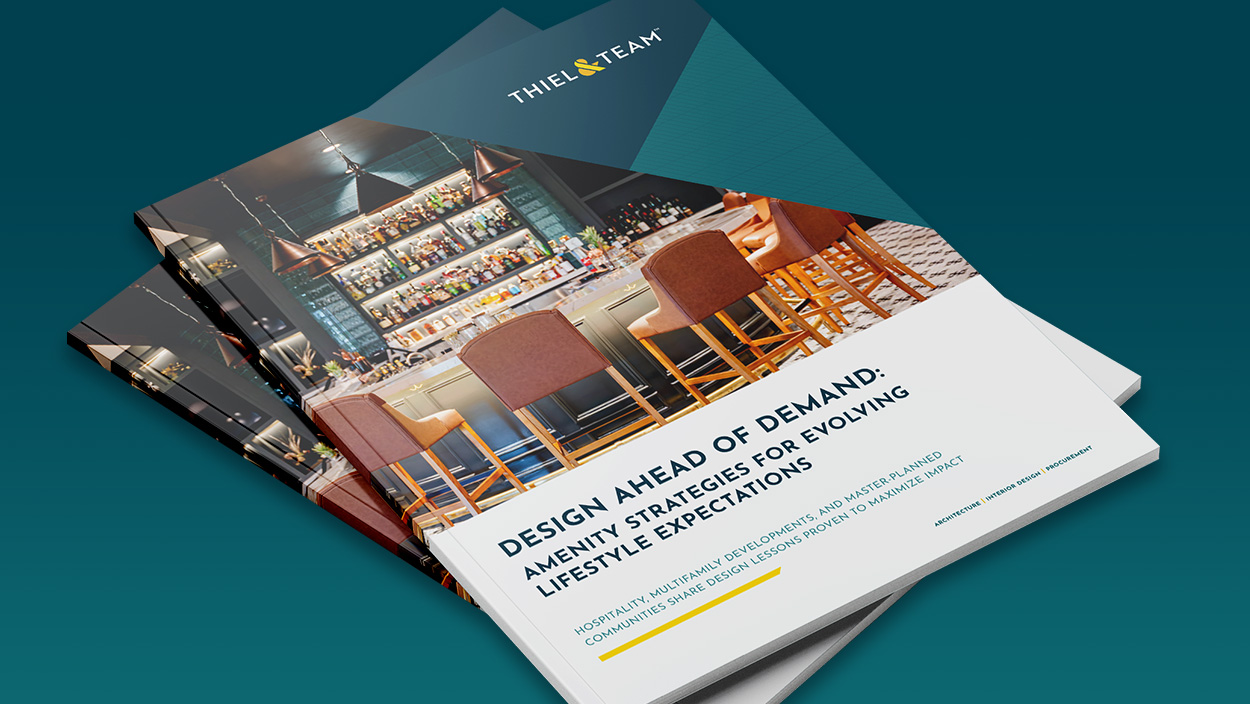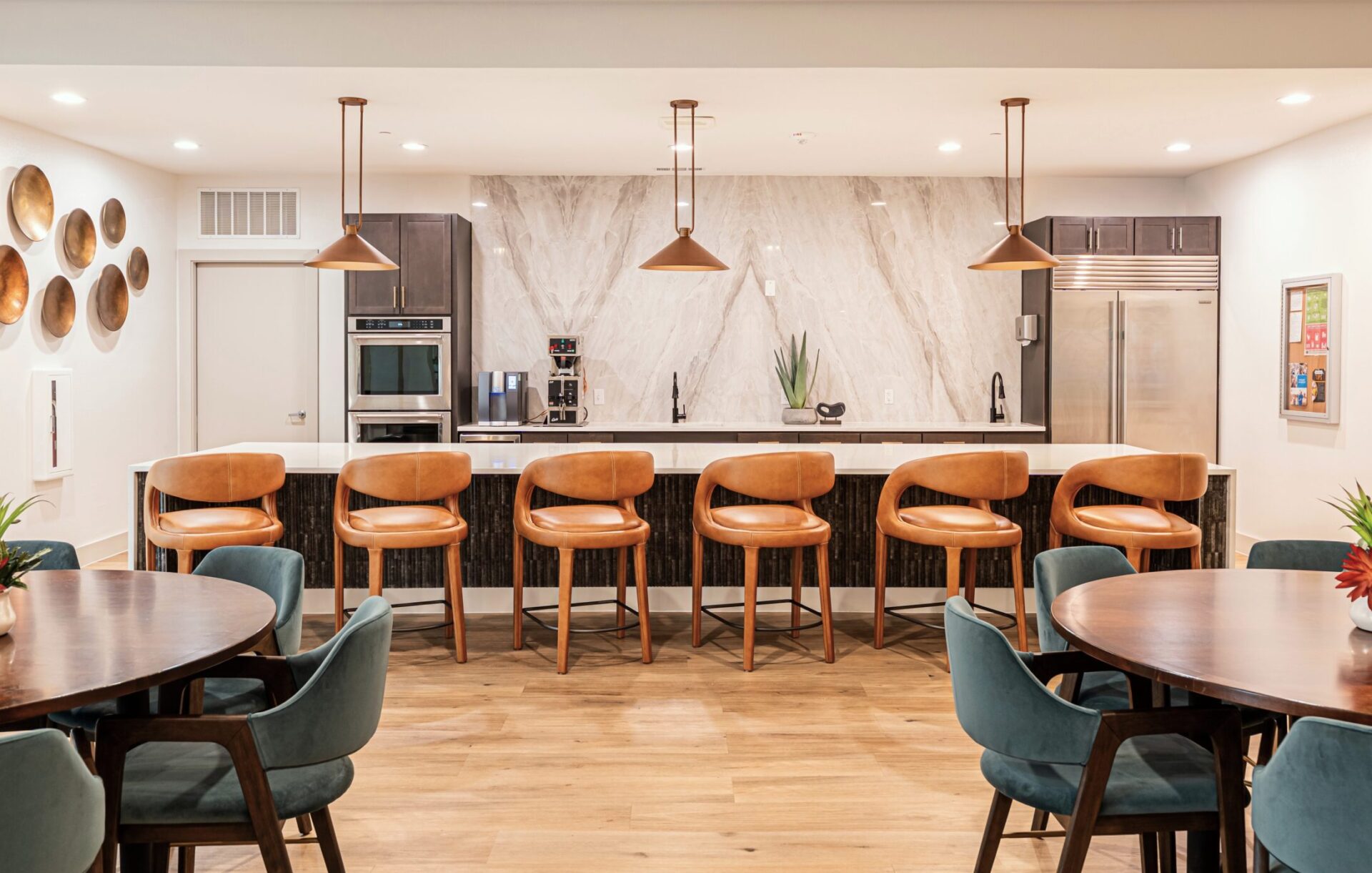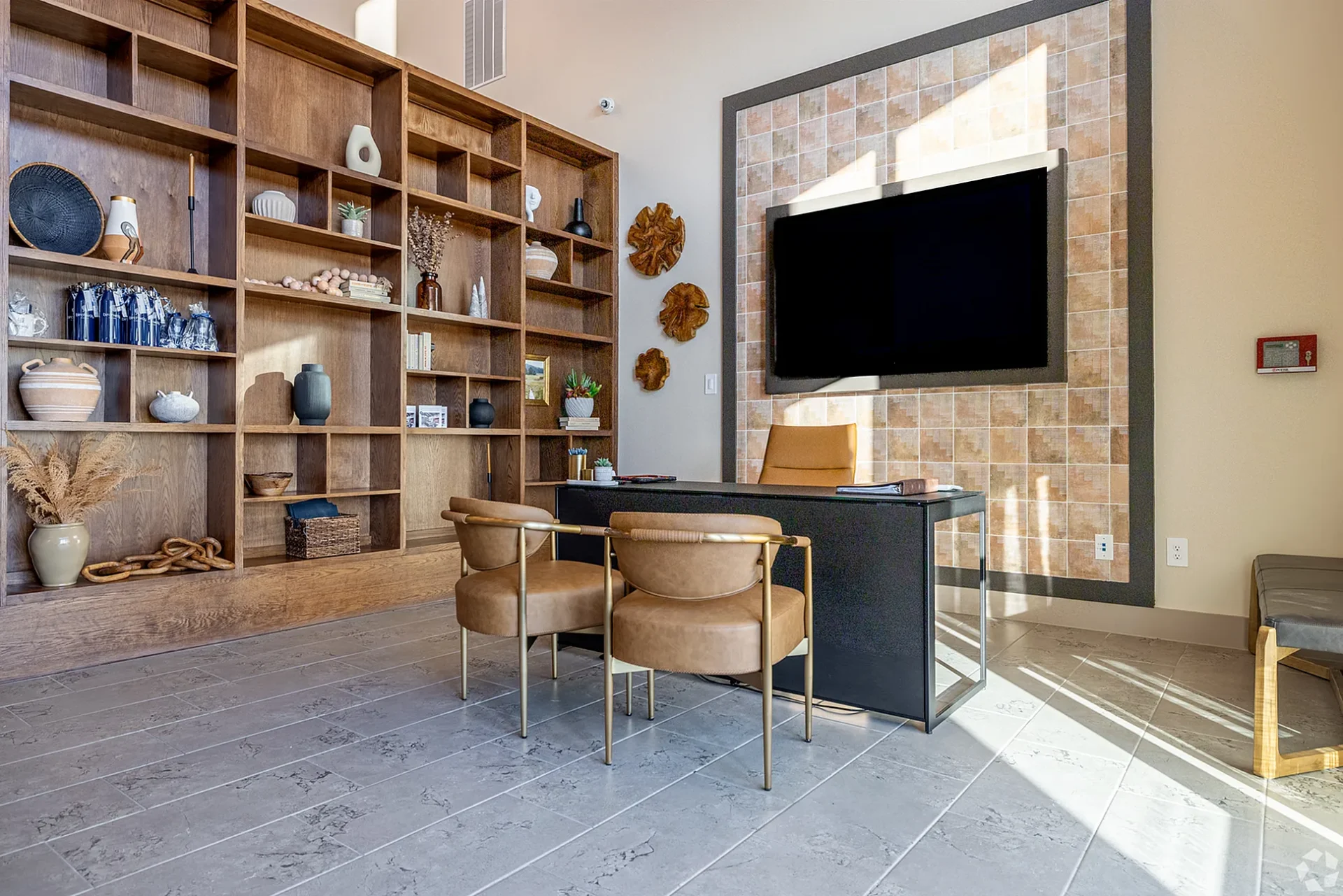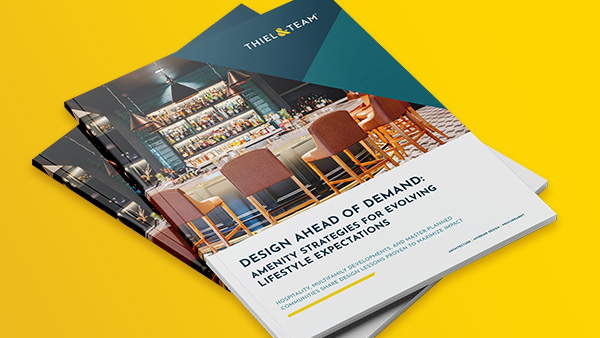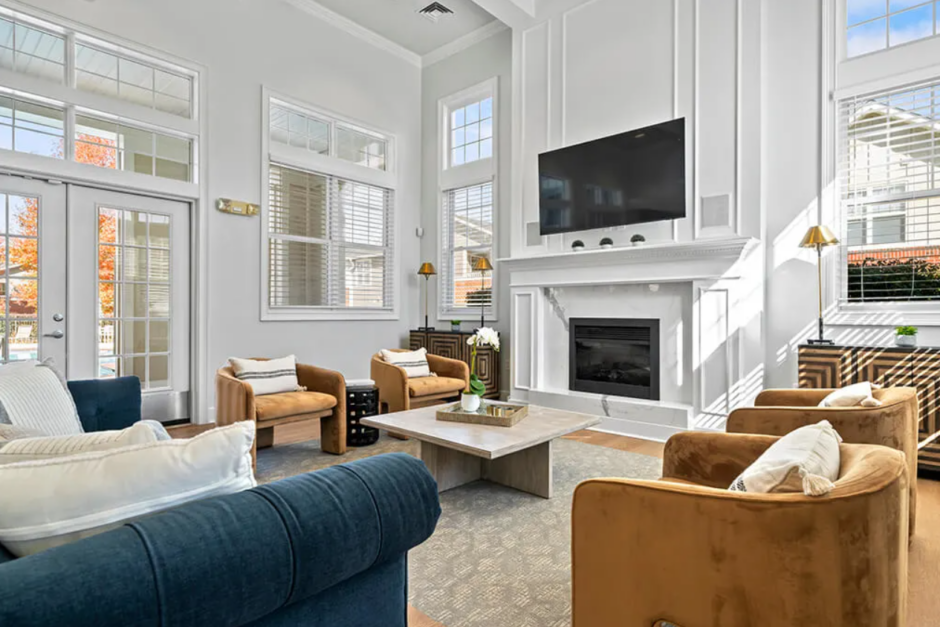
Developing affordable housing is an opportunity to invest in a community’s success. But for this type of development to pencil out, it’s essential to have a plan for maximizing the budget available to ensure the project’s success. While there are funding programs available to help supplement limited budgets, developers may find that they can stretch available funds even further with support from an experienced affordable housing design team.
The right affordable housing design team can work with you to make design decisions and selections that will meet project requirements within your expedited timeline and budget – while making a real aesthetic impact on your project.
What is affordable housing?
Affordable housing is recognized as any type of housing that costs the occupant no more than 30% of their gross income, including rent or mortgage and utilities, according to the U.S. Department of Housing and Urban Development (HUD). Many affordable housing options are funded by the Low-Income Housing Tax Credit (LIHTC) program. The LIHTC program subsidizes the acquisition, rehabilitation, and construction of affordable housing solutions for lower-income households. Through LIHTC, investors gain the funds they need to build and renovate housing with the types of in-demand features that lower vacancy and turnover rates.
Resyndication offers developers an opportunity to expand the terms of LIHTC benefits or bring additional properties into a subsidized portfolio. Through this refinancing or restructuring process, developers gain benefits that help them bring properties up-to-date to the expectation of today’s renters. The key to unlocking these benefits is working with a partner who can maximize this funding.
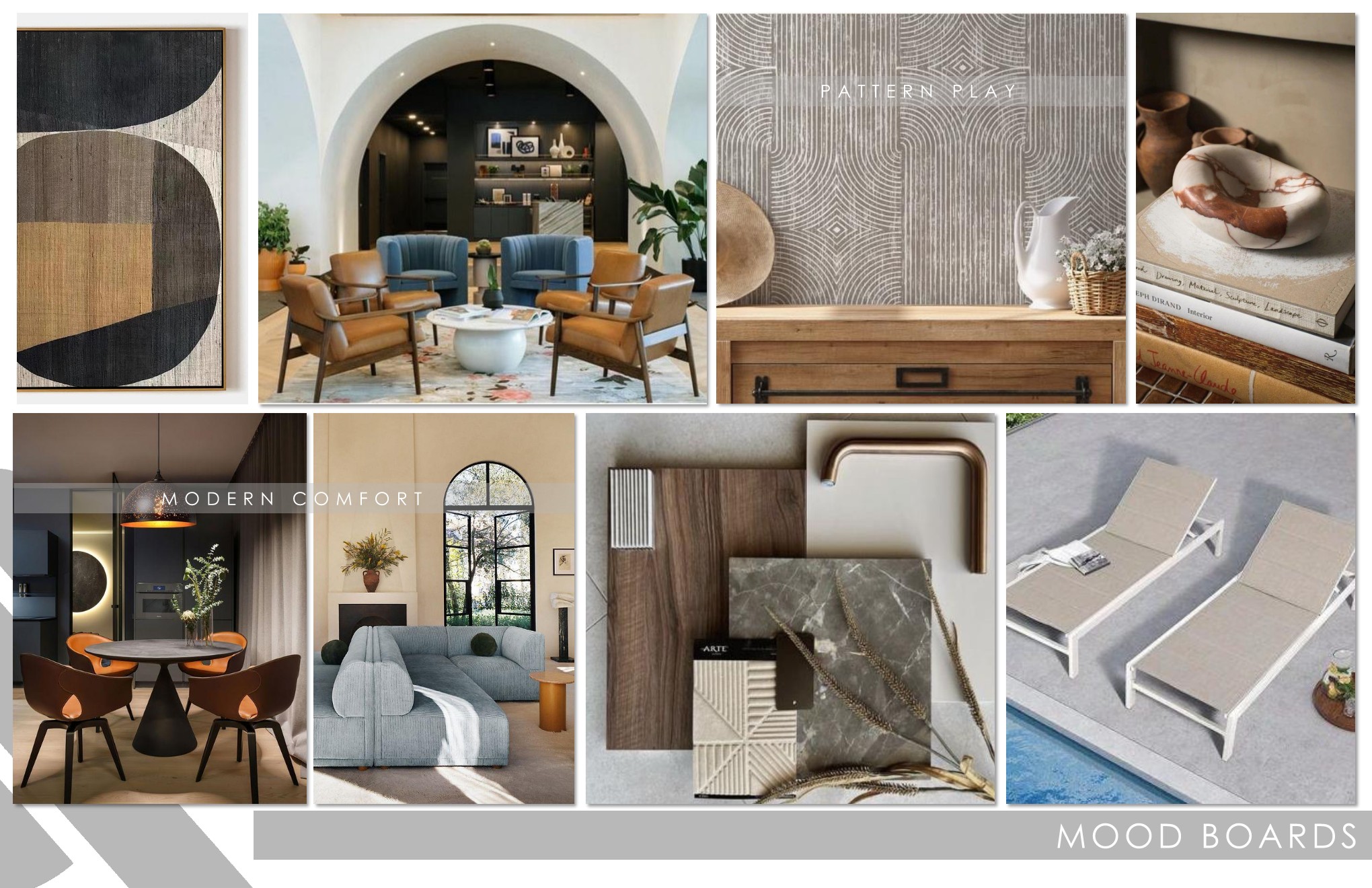
Images from design deliverables are sourced online and used solely to convey design intent. We do not claim ownership or imply association with their creators. For concerns, please contact us for prompt resolution.
The challenges of resyndication compliance
As with any federal funding program, compliance with LIHTC and resyndication requirements can be demanding. Developers may find they have to grapple with multiple layers of complexity for each property they bring into their portfolio, particularly when these properties span more than one state. Ensuring compliance with state Common Amenity Requirements and accessibility standards are also critical priorities. And once funding is improved, the timeline for action is finite. As a result, developers need an interior design and procurement partner who is able to deploy their hard-won value-add dollars quickly and efficiently.
More often than not, developers their own expectations and value-add ideas to the table as well. Developing profitable properties requires developers to identify local expectations for the features and amenities that could keep vacancy rates consistently low. In today’s rapidly evolving rental market, it can be difficult to pinpoint which amenities are must-haves and which are already out-of-date.
The good news is that developers don’t need to navigate this complex maze on their own. By working with a multifamily interior design and procurement partner experienced in delivering results through fast-paced affordable housing design, developers and their tenants both win.
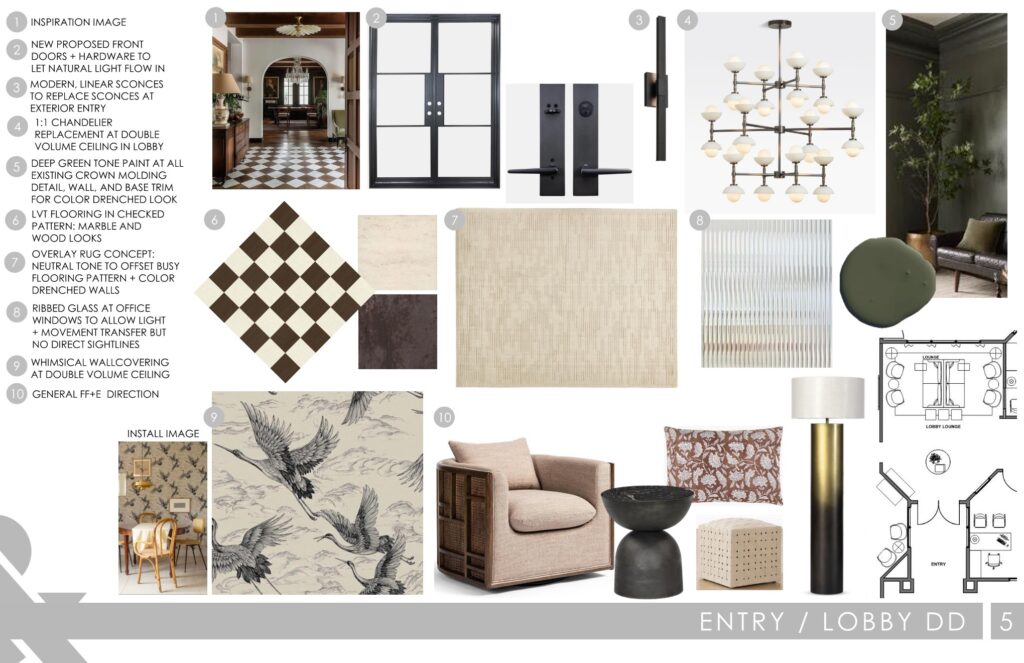

Impactful strategies for turnkey affordable housing design
The right affordable housing design strategy streamlines the entire project process so that there’s little back and forth when working through the design of the property and next to no need for reselections due to budget constraints. Here are a few ways that the right design team can help you execute a fast renovation process for the most effective use of funding:
- Bringing multi-state experience to the resyndication process. Familiarity with LIHTC standards across each state means your design partner knows exactly where to go to find information about the specific needs of each property in a portfolio. This can save developers and design managers time in tracking down critical information or training new design partners.
- Seamless coordination between design and procurement. Having both interior design and procurement capabilities in-house can rapidly reduce a project’s timeline. When designers and procurement agents can work hand-in-hand together, this can reduce time spent on reselections or requests for information.
- Having a pool of resources already available. A good designer can work with their pool of products and finishes to create tailored results for a given project. The right design partner will know exactly where to go to source materials and finishes that maximize both your budget and aesthetic impact. Your design partner should have a deep well of sourcing options available.
- Recognizing when to reduce and reuse. Another option is to repurpose existing assets within a fresh design strategy. At Grand Oaks in Chester, VA, Thiel & Team designers prioritized reutilizing existing furniture and fixtures wherever possible. To respect the budget and the sustainability goals of the project, key elements were creatively integrated into the updated design. Where new goods were needed, we sourced cost-effective options that aligned with the desired aesthetic. Grand Oaks now stands as a testament to the idea that affordable housing can be both accessible and beautiful.
- Sourcing U.S.-stocked products. In order to meet the tight turnaround, everything the design team has selected has to be available and “quick ship” for the construction and procurement teams. Purchasing products stocked in the United States is essential for preventing unforeseen delays in construction or furnishing due to shipping delays. The need to reselect finishes and other materials can also cause budget overruns. To reduce the risk of every project in your portfolio looking the same, make sure the design team you choose has a robust pool of vendors to pull from, not just a few resources they repurpose for every project.
- Communicating early and often. Virtually every construction project faces unforeseen factors. The difference between delays and moving ahead is how quickly solutions can be reached. A good interior design and procurement partner will prioritize timely communication at every stage. A great design partner will communicate solutions as potential problems arise to keep the project on track.
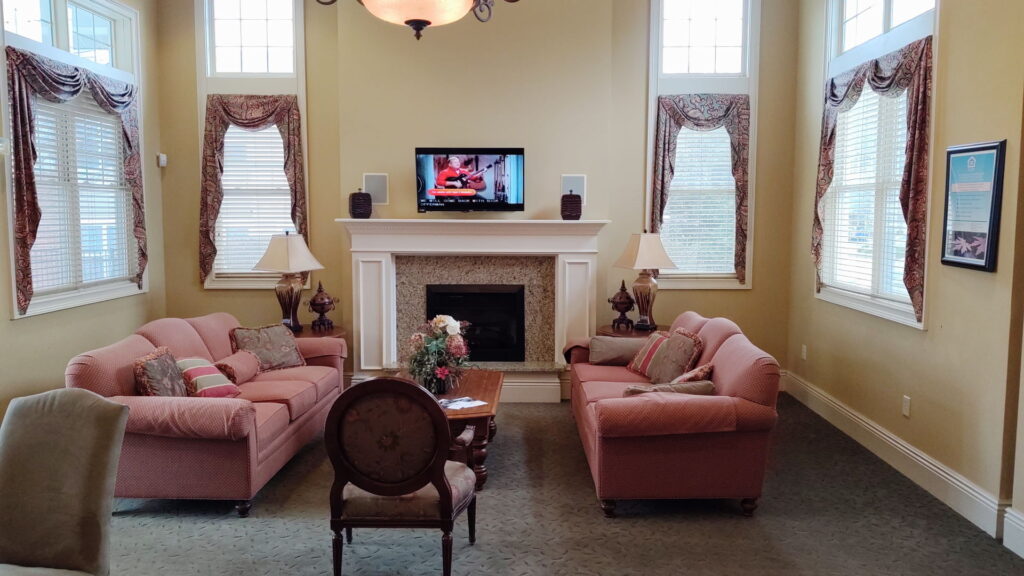

Thoughtful affordable housing design creates engaged communities
Once the clock starts on a resyndication project, it sets off a rapid process for identifying needs and securing deliverables. Yet focusing on speed alone ignores the fact that creating a thoughtful design is essential for securing and retaining residents.
Making an impact through budget-friendly design helps instill a sense of pride among residents, which in turn helps foster a sense of community that promotes retention and activates further investment in the neighborhood. This impact doesn’t have to break the bank or trigger a permit. In many cases, an artful combination of fresh paint, new flooring, updated decorative lighting, refreshed millwork details, and a reprogramming of the existing space utilizing new furniture can help create a transformation that makes a lasting impact on the value of the property and ROI.
As Thiel & Team worked to revitalize an existing leasing and clubhouse space within an affordable housing community, we prioritized new paint, including accents on doors and feature walls to make the space pop. By prioritizing the reuse of existing assets inside, we were able to invest more in comfortable, durable new poolside seating. Thanks to this balance, refreshing the pool area most in use by residents didn’t have to come at the expense of the clubhouse interior.
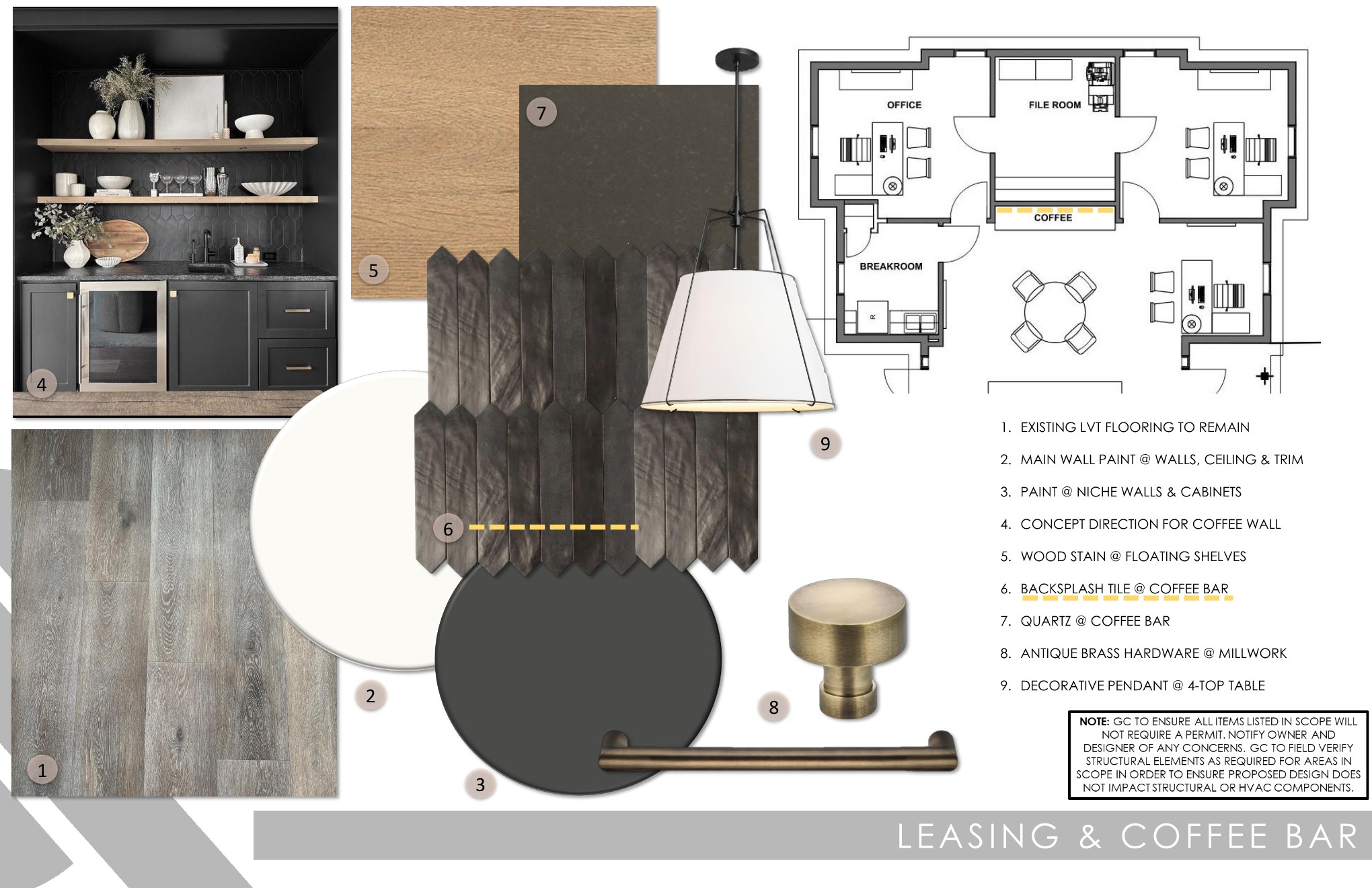
At Thiel & Team, we highly recommend surveying current residents about the existing features that are important to them, small changes that could make life better, or important community elements that could be enhanced through design.
Work with a design partner you can count on
When you’re managing multiple properties, you need partners you can count on to move your development forward. This is an area where Thiel & Team excels. Our affordable housing design team thrives on delivering excellence on the aggressive timeline demanded by resyndication projects. We take every measure to create a streamlined design process for you and an engaging community for your tenants.
If you’re looking for a design partner who can help you maximize your funding to better attract and retain residents, Thiel & Team can help. Let’s start planning today.


